Increasingly, the line between using Facebook for personal purposes and business is getting blurred. Perhaps you initially started your Facebook account to socialize with friends and family but now you receive and solicit friend requests from business associates, vendors, other attorneys, etc. It's important that you understand how to setup friend lists to segment the various groups of "friends" in your account. Additionally, you should understand how to customize the privacy settings for each friend list so you don't grant access to your kids birthday party photos to your business colleagues.
Many people don't realize this functionality exists in Facebook. Others have found it difficult to setup. Below is a tutorial detailing the steps to take.
Friend lists are a way to segment your list of friends on Facebook. Once you setup a friend list, you will be able to customize the privacy settings for each individual friend list you create. The benefit is that you can block wall posts or photos for example from your business contacts but still share these components with your friends and family.
First you will go to your Friends Page by clicking the "Account" drop-down on the top right of your screen and selecting "Edit Friends".
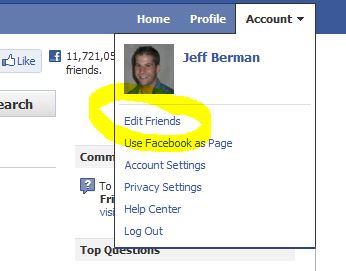
Next, click the "Create New List" button at the top of the page to create a new list. Type the name of your new list and then select the friends you'd like to include in the list. When you have finished, click "Create List".
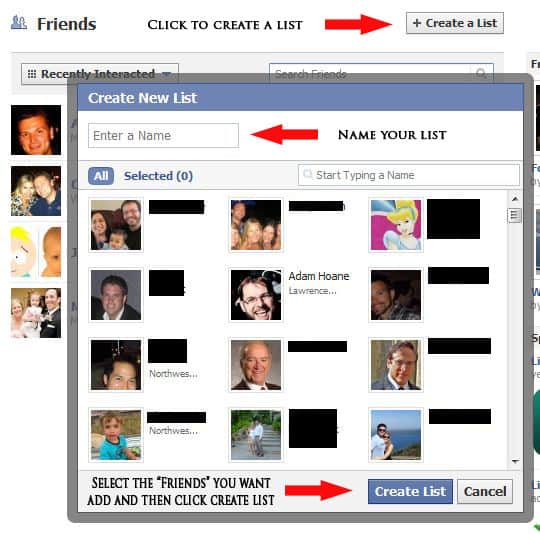
You now have created a segmented list of your friends in Facebook.
Friend lists enable us to create different privacy settings for different groups of our friends. Now that you have created a friend list, we want to adjust the privacy settings for our list. To do this, you will click the "account" button and select Privacy Settings.
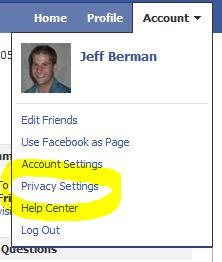
On the privacy settings screen that follows, you will select "Customize Settings" at the bottom of your privacy selections:
From this screen you will be able to customize the access to the various components of your Facebook account for each friend list. In order to do so, you will select the drop-down for a particular setting you want to edit, and click customize.
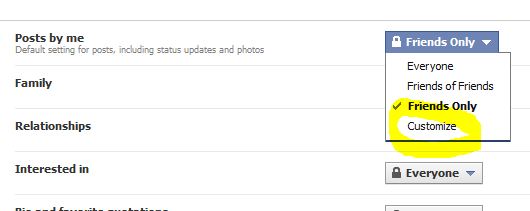
A selection box will appear where you can choose the individuals or friend lists you want to hide the information from. In order to block a friend list from the information you are editing, you simply need to type the name of your friend list in the box and then click save setting.
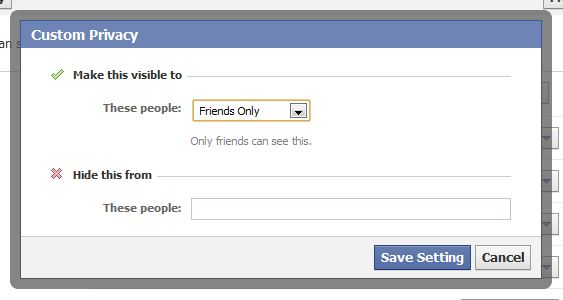
You can repeat the process for each of your settings and profile components. Understanding how to create these segmented lists and controlling your privacy settings allows you to take control of your Facebook profile information and the access your "friends" have to it. In my experience, this has allowed me to connect to business associates more openly and expand my networking circle.
For more detailed information on using friend lists and privacy control with friend lists, visit this help section Q & A on Facebook.
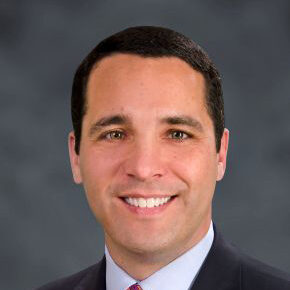
Here's a recent Google SERP for "𝘄𝗵𝗼 𝗮𝗿𝗲 𝘁𝗵𝗲 𝗯𝗲𝘀𝘁 𝗰𝗮𝗿 𝗮𝗰𝗰𝗶𝗱𝗲𝗻𝘁 𝗹𝗮𝘄𝘆𝗲𝗿𝘀 𝗶𝗻 𝗽𝗵𝗶𝗹𝗮𝗱𝗲𝗹𝗽𝗵𝗶𝗮." Ads? ❌LSAs? ❌Local Pack? ❌Links? ❌ 🔷 AI Overview? ✅ 6 firms listed. Only one tiny 🔗. Click the 𝗦𝗵𝗼𝘄 𝗺𝗼𝗿𝗲 button? 𝗬𝗼𝘂 𝗴𝗲𝘁: Here's a more detailed look at some of these firms: THE PEARCE LAW FIRM, P.C.Edith Pearce, […]
On April 22, 2025, Google sent an email updating Local Services Ads Additional Terms for Providers: Subject: Action required: important updates to Local Service Ads Additional Terms Many people are arguing that lawyers cannot participate in Local Services Ads, as this would constitute a per se violation of the Rules of Professional Conduct related to […]
Conrad and I recently joined Zack at Lawyerist to record a conversation about AI and marketing. You might think that we spend the whole time on how lawyers can use AI to publish content. You'd be wrong. While AI can certainly support publishing, there are many more interesting ways to use it in legal marketing. […]
As more legal services consumers turn to ChatGPT for local law firm recommendations, a fascinating intersection between AI, search, and maps unfolds. While Google remains the undisputed leader in local business data, ChatGPT is increasingly becoming an entry point for searchers seeking legal representation. But here’s the kicker: instead of keeping users within its ecosystem, […]
When law firms contact us, they usually want to talk: • PPC Ads • SEO Rankings • Lead Generation Very few want to talk: • Brand • Trust & Recognition • Emotional Connection Admittedly, much of this concerns that AttorneySync is known for lead generation across those common digital channels. But even when we start […]
According to an October 2024 study by SE Ranking: "The legal niche triggers the highest percentage of AIOs (77.67%). The average number of links matched between the AI Overview resources and the top 20 search results was 6.49 for legal topics. AI Overviews for legal topics most frequently link to NYCourts.gov (114 links), YouTube.com (48 […]
I'm grateful for my friend, Charley Mann of Law firm Alchemy. If you're a lawyer, subscribe to his Free Email List. In a recent email, Charley calls out bad guru advice on hiring: "Trying to execute a major SEO improvement? You need to find people who will help you, instead of trying to DIY it […]
If you’ve spent any time on LinkedIn, you’ve likely seen posts from law firm SEO experts showing off charts with an “up and to the right” trajectory. These screenshots, often pulled from tools like Semrush or Ahrefs, are meant to signal SEO success. And it’s not just the agencies celebrating—𝗹𝗮𝘄 𝗳𝗶𝗿𝗺𝘀 𝘁𝗵𝗮𝘁 𝗵𝗮𝘃𝗲 𝗵𝗶𝗿𝗲𝗱 𝘁𝗵𝗲𝗺 […]
Meh, links! All things being equal, links still tend to move the dial more than any other factor in legal SERPs. Maybe links are having a diminishing impact internet-wide. But in my experience, quality links, especially relevant links (both topically and geographically), tend to improve law firm visibility in search more than most everything else. […]